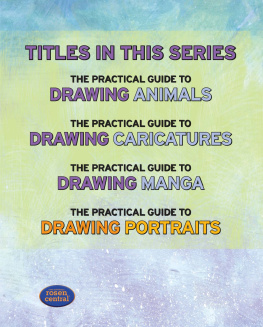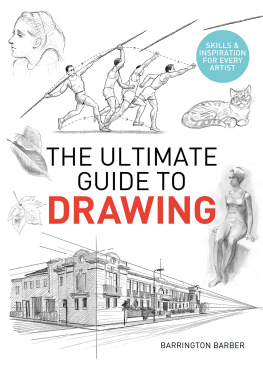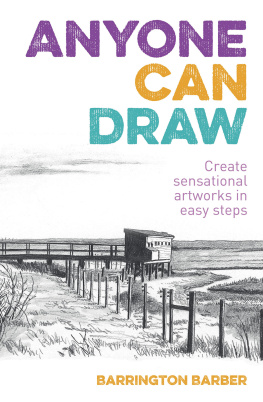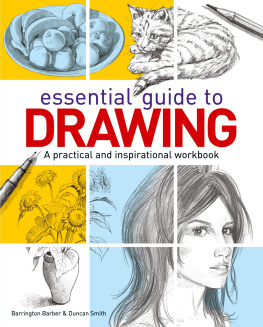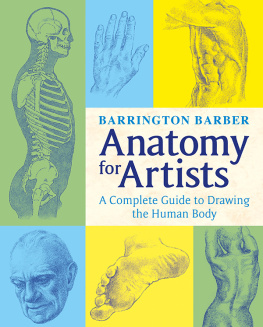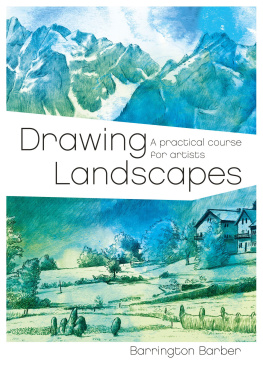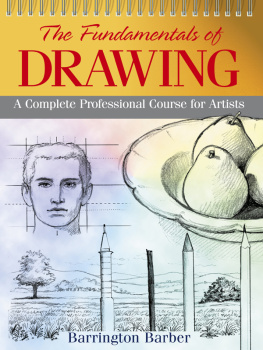Page List
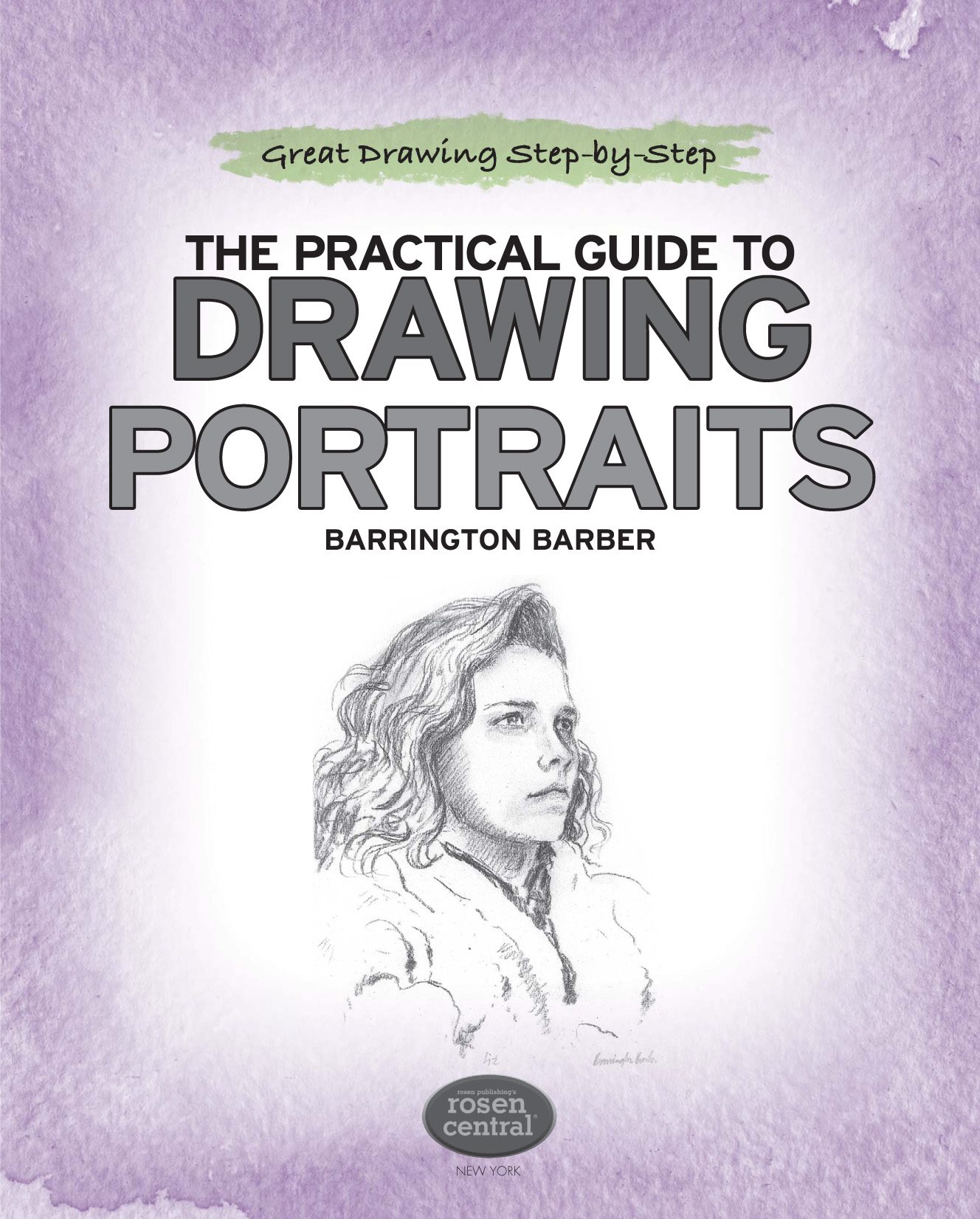
This edition published in 2013 by:
The Rosen Publishing Group, Inc.
29 East 21st Street, New York, NY 10010
Copyright 2013 Arcturus Publishing Limited
All rights reserved. No part of this book may be reproduced in any form without permission in writing from the publisher, except by a reviewer.
Illustrations: Barrington Barber
Editor: Ella Fern
U.S. Editor: Kathy Campbell
Design: Graham Rich
Cover Design: Graham Rich
Library of Congress Cataloging-in-Publication Data
Barber, Barrington.
The practical guide to drawing portraits/Barrington Barber.First.
p. cm.(Great drawing: step-by-step)
Includes bibliographical references and index.
ISBN 978-1-4488-7214-5 (library binding)
1. Portrait drawingTechnique. I. Title.
NC773.B37 2012
743.4'2dc23
2011047691
Manufactured in China
SL002237US
CPSIA Compliance Information: Batch #S12YA: For further information, contact Rosen Publishing, New York, New York, at 1-800-237-9932.
Contents
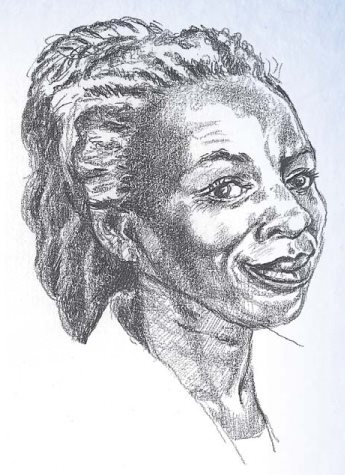

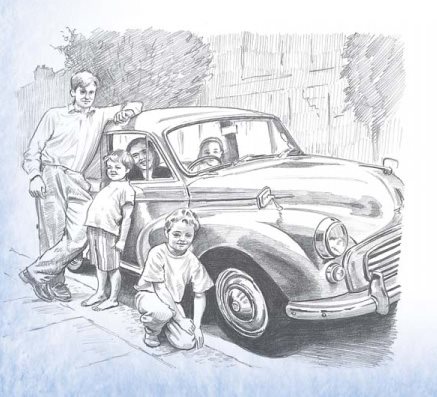
W hat is a portrait? It is said that Picasso made a Cubist portrait of a friend and when the painting was shown to Matisse he could not identify the person. Picasso then stuck a moustache on to the picture and Matisse could immediately see the likeness. This story shows that a portrait does not have to be an exact likeness, but it must contain some recognizable form of the person. In order to capture this you will need to spend a lot of time observing your subject.
How much you should flatter or be brutally honest with your subject when drawing is the big question. If your sitter wants a realistic portrait then you must try to be objective. However, few people are honest enough about their own appearance to be comfortable with an unflattering portrait. Most portrait artists try to give the best possible view of the sitter.
There are many ways artists can compose a picture that they will enjoy painting and their sitter will be happy with. Fortunately, most people have some good features that can be the focal point of a portrait.
Part of a portrait artists skill lies in getting the sitter to relax, which eases tension out of the face. The artist can also choose the medium to work in, suggest the position of the model, and alter the light. Making the right decisions will help produce a good portrait.
Throughout this book you will find a range of approaches to absorb and learn from. Each portrait can teach us something about the way to approach depicting the features of your friends, family and acquaintances.
What I hope you will also come to realize is that, although the measurable differences between faces are really very small, appearances are immensely varied. The human face has an extraordinary ability to show a whole range of expressions and emotions. It is this facility that artists have tried for generations to explore in many ways.
To produce good portraits you need to practice drawing. The more you practice, the better you will get. If you cant regularly practice drawing faces, then any type of drawing is a good way to increase your skills. Change the situation, the lighting and the surroundings and you will have a different portrait. This is why so many artists find portraiture endlessly fascinating. There really is no limit to the possibilities for expression it offers.

Materials
Any medium is valid for drawing portraits. That said, some media are better than others in achieving the effect you want.
You dont need to buy all the items listed below, and it is best to experiment gradually, as you gain in confidence. Start with the range of pencils suggested, and when you feel you would like to try something different, then do so. Be aware that each material is different, and you have to know it well before you can get the best out of it. So, dont be too ambitious to begin with, and when you do decide to experiment, persevere.

F or beginners it can be very helpful to use a grid as a guide on which to map out the head, to ensure that the proportions are correct. Those shown here are broadly true of all adult humans from any part of the world, and so can be applied to anyone you use as a model. The head must be straight and upright, either full face or fully in profile. If the head is at an angle the proportions will distort.
For these two full-face examples, a proportion of five units across and seven units down has been used. Note the central line drawn vertically down the length of the face. This passes at an equal distance between the eyes, and centrally through the nose, mouth and chin.

The Horizontal Proportions: Full Face
The width of the eye is one-fifth of the width of the whole head and is equal to 1 unit.
The edge of the head to the outside corner of the eye is 1 unit.
The inside corner of the left eye to the inside corner of the right eye is 1 unit.

The Vertical Proportions: Full Face
Eyes: halfway down the length of the head
Hairline: 1 unit from the top of the head
Nose: 1 units from the level of the eyes downwards.
Bottom of the lower lip: 1 unit up from the edge of the jawbone.
Ears: the length of the nose plus the distance from the eye-line to the eyebrows, is 2 units.

For easy comparison, these two profile examples have been drawn to exactly the same size as those on the preceding page.

Dont forget that the human head is different in each individual. These grids will help you to look at the distances between features, but it is your observational skills that will be needed to create a likeness.
The Horizontal Proportions: Profile

